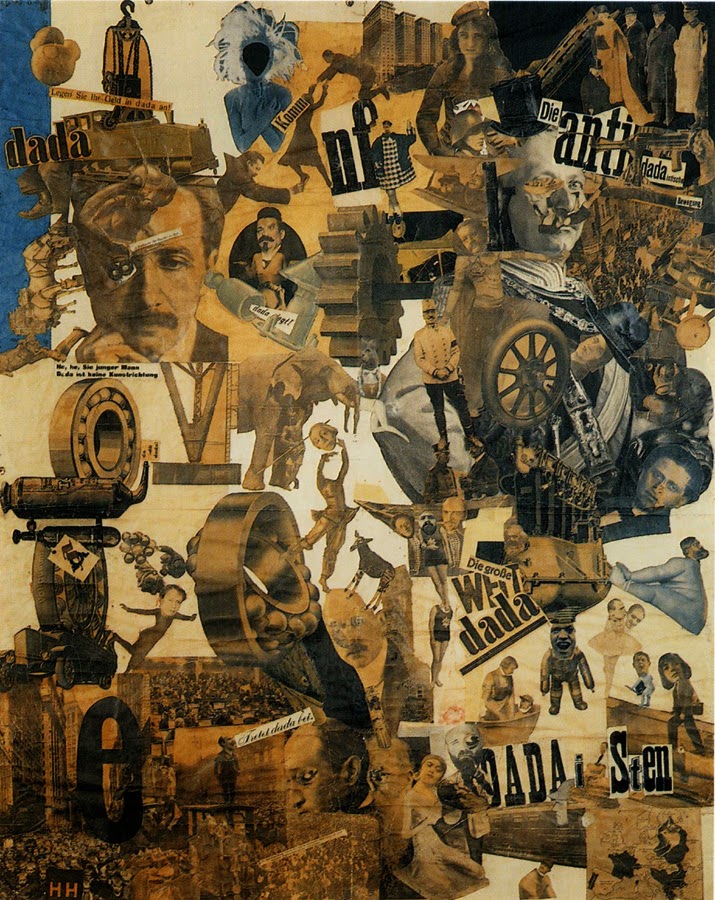Bunraku: the invisible storyteller

“Bunraku No. 2” ©2009 Ivan Fourie. (License: CC BY 2.0)
“In most of the world's puppet theatres, great pains have been taken to hide the manipulation of the puppeteers from the audience. … But in Bunraku, the manipulators appear openly, in full view of the audience.” — “What is Bunraku?” Japan Arts Council.
Latest round of pinning. Revisiting Bunraku puppet theatre. Also: “Ma,” Gundam, distance & dissociation. http://t.co/ugtdFzLSgw
— Desk of L. Riding (@leanneriding) May 1, 2014“Wasabi and Jōruri are praised by your crying.”
…and because why not, giant robots!
Char Aznable-Themed High-Speed Train is Running in Osaka till June | A Rinkya Blog http://t.co/03ejC3tXjC pic.twitter.com/l9wNC2QVkV
— Yuki Rinkya (@rinkya) May 1, 2014Two styles of Reebok Instapump Fury #Gundam shoes are coming this summer http://t.co/kvQOItlGDq pic.twitter.com/CzQbRAe0j7
— Fashionably Geek (@FashionablyGeek) May 1, 2014一日5回はお台場に向かって礼拝をしよう! pic.twitter.com/Wn3Gg9n
— K教祖_bot (@kyouso_gundam) May 1, 2014Beautiful scene from Turn A Gundam episode 33. pic.twitter.com/sinsKCi1nc
— Matthew (マシュー) (@InazumaBuster) May 1, 2014In Bunraku, the manipulators are fully visible.
In a way, Bunraku is the perfect analogy for storytelling. Speaks to how far our minds are willing to go suspend, for a moment, disbelief.
— Desk of L. Riding (@leanneriding) April 11, 2014
We are collaborators in the puppeteer’s need to be invisible, willing ourselves to not see them, and further, for puppets to come to life.
— Desk of L. Riding (@leanneriding) April 11, 2014
@TamikoN I have only seen it on TV myself. ONE DAY :D
— Desk of L. Riding (@leanneriding) April 11, 2014
http://t.co/IxTDoppVKE
— Desk of L. Riding (@leanneriding) April 11, 2014
Manipulating the expressions and movements of bunraku puppets. http://t.co/InzR7Z92D2
— Desk of L. Riding (@leanneriding) April 11, 2014
“All three puppeteers must be emotionally synchronized. It w/d be difficult to move the puppet smoothly if we had different states of mind.”
— Desk of L. Riding (@leanneriding) April 11, 2014
The Ningyo Johruri Bunraku Puppet Theatre (via Unesco) http://t.co/pEeiPPCQ6j
— Desk of L. Riding (@leanneriding) April 11, 2014
“This theatrical form emerged during the early Edo period (c. 1600) … coupled with Johruri, a popular fifteenth-century narrative genre.”
— Desk of L. Riding (@leanneriding) April 11, 2014
“Dramatic intensity is always present in Bunraku plays: historic dramas and tragic love stories bringing into conflict feelings with duty.”
— Desk of L. Riding (@leanneriding) April 11, 2014
That last quote is from Unesco’s page on Bunraku, which is here: http://t.co/diePRU3fIF pic.twitter.com/1eNgOXwi69
— Desk of L. Riding (@leanneriding) April 11, 2014
With bunraku, interesting questions are raised about the role of the storyteller in a performance. Is it really what we think it is?
— Desk of L. Riding (@leanneriding) April 11, 2014
Do we see the storytellers or do we make them invisible? If we can’t make them invisible, what happens? Are they embedded into the story?
— Desk of L. Riding (@leanneriding) April 11, 2014
Oh my! *blush* “Bunraku 文楽, Japanese Puppetry.” Photo: Hiroshi Sugimoto http://t.co/y2mJ9clEaB pic.twitter.com/iTR7JRn8Fb
— Desk of L. Riding (@leanneriding) April 12, 2014
That’s probably enough Bunraku. 😊
— Desk of L. Riding (@leanneriding) April 12, 2014
Fine, one more tweet.
Sadanobu III Hasegawa : Osone - Marionnette Bunraku pic.twitter.com/oei9lyGzTG
— Eisbär Nordland (@Eisbar69) April 8, 2014

